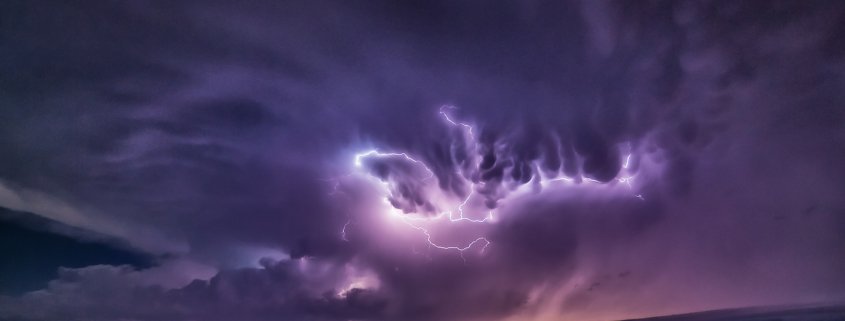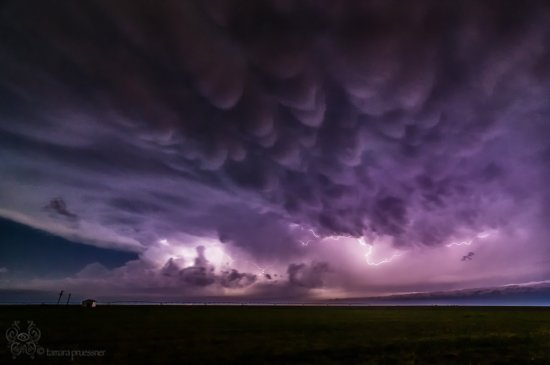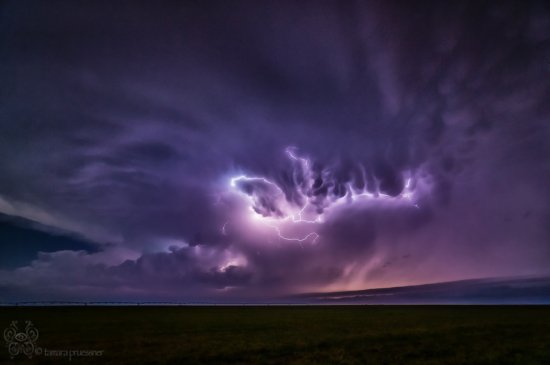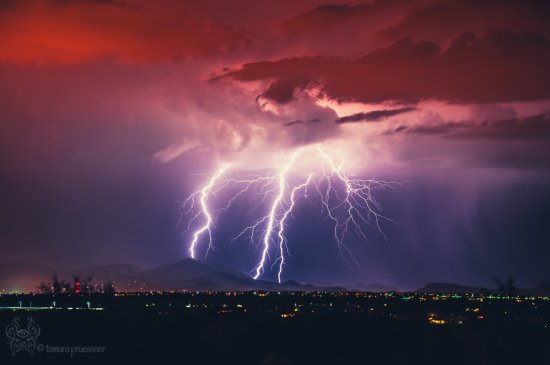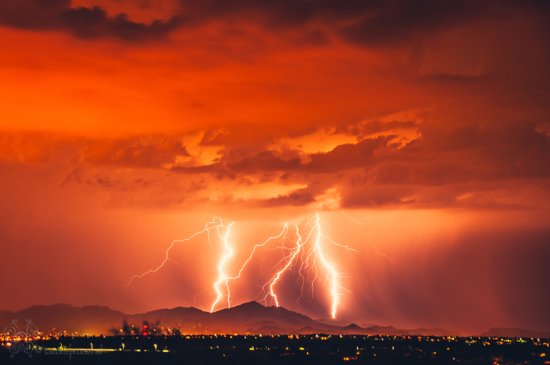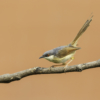How to Photograph Lightning
Although talented Midland Texas-based photographer Tamara Pruessner pursues diverse genres of photography, she is best known for her macro and storm photography. She is also known for chasing storms that race across the area just to return with some spectacular lightning photos. This time, Infocus Newsletter decided to ask Tamara to share few tips about how to photograph lightning. Here is what she has to say…
Best Time & Location to Photograph Lightning
In Arizona, monsoon season is typically the best time to chase lightning. I chased storms for all of my photographs in southern Arizona. You can find this type of storm in Arizona, New Mexico, and northwest Mexico as well as parts of Colorado and Utah. The peak season tends to be between mid-July and mid-August, but the official season is from June 15th to September 30th. Storms start building mid to late afternoon, after having daytime heat to fuel them; after a heavy rain, they usually dissipate by late night.
Apps for Tracking Lightning
I used a local storm tracker app as well as a lightning tracker app on my cell phone to watch how the storms moved and where the lightning was striking the most, so that I could get into a good position to shoot the lightning. I also watched the news weather report to see how the heat, humidity, and resulting storms, were going to be for the week. With the monsoons, you can see the clouds build if they are going to show up during the afternoon. If it’s a night storm, then you have to watch your weather radar to get an idea of if, when, and where they will show.
Camera Exposure & Focus Modes for Lightning
I always shoot in manual mode because that gives me the best options to photograph lighting. With wide angle lens between 11-16mm focal lenght, I tend to keep aperture near F2.8 and adjust my shutter speed to about 30 seconds. With my telephoto lens, I tend to keep aperture between F5.6 and F8. If the clouds are moving fast, then I drop my shutter speed down to 15-20 seconds. If the lightning is close, then I use a narrow aperture and a faster shutter speed. With each storm being different, you have to take a couple of test shots to check your settings. The best way that I have found to make sure my lightning is in sharp focus is to use distant focal points such as city lights or focus my camera lens at infinity. After you do either, be sure to switch your camera lens or camera to manual focus so you don’t lose your focus.
Photography Composition
I like to be in open spaces, or at least above the line of mesquite trees. A clear view to the storm and the lightning can really set your photograph apart. Some of my favorite images show the mountains in the distance getting hit with a tremendous storm is above them. Using the mountains like that really shows off the scale of how big the lightning can get. I do have a few images where I am much closer to the lightning. When I shoot those images, I like to bring my camera down so that it is pointed upwards, towards the sky. For those, I also try to make sure I have something else in the frame – a tree or a fence or even myself for one image! Having something else in the frame when you are that close, gives a sense of scale and balance to the strikes. The last, and probably most, important tip when trying to photograph lightning, is to make sure that you have most of your photography composition filled with sky, not the ground or a tree/fence/other object. The lightning is your subject so give it room to shine.
Special Photography Equipment
I use my camera, either my Tokina 11-16mm wide angle lens or my Tamron 18-270mm telephoto lens (depending on how close I can get to a storm), a remote trigger, a sturdy tripod, and a 5-7 pound sandbag to hang on my tripod to keep it steady. The winds that get kicked up during a monsoon storm are strong enough and sudden enough to knock a camera over. You don’t need any special equipment unless you are trying to capture the lightning during the day. Typically with monsoon storms, if you watch for a couple of minutes, you’ll see which area of the storm most of the lightning is striking from. At that point, adjust your camera settings and be patience.
Safety First, Lightning Photography Second
The biggest safety hazard you will encounter when your are trying to photograph lightning is flooding due to monsoon rains. It’s considered to be the #1 thunderstorm killer. You can be several miles away from the storm and still be be hit with flooding waters. Your other considerations must include down-bursts or micro-bursts which are the sudden winds that pop up as well as the lightning itself. And of course, safety around lightning should be important. Lightning can strike up to ten miles away from the storm. No matter where you are trying to capture lightning, it is of the utmost importance that you pay attention to your surroundings and what the storm is doing, by radar, your eyes, or preferably, both.
Have you ever photographed lightning before? If so feel free to share your own experience in the comments below:

